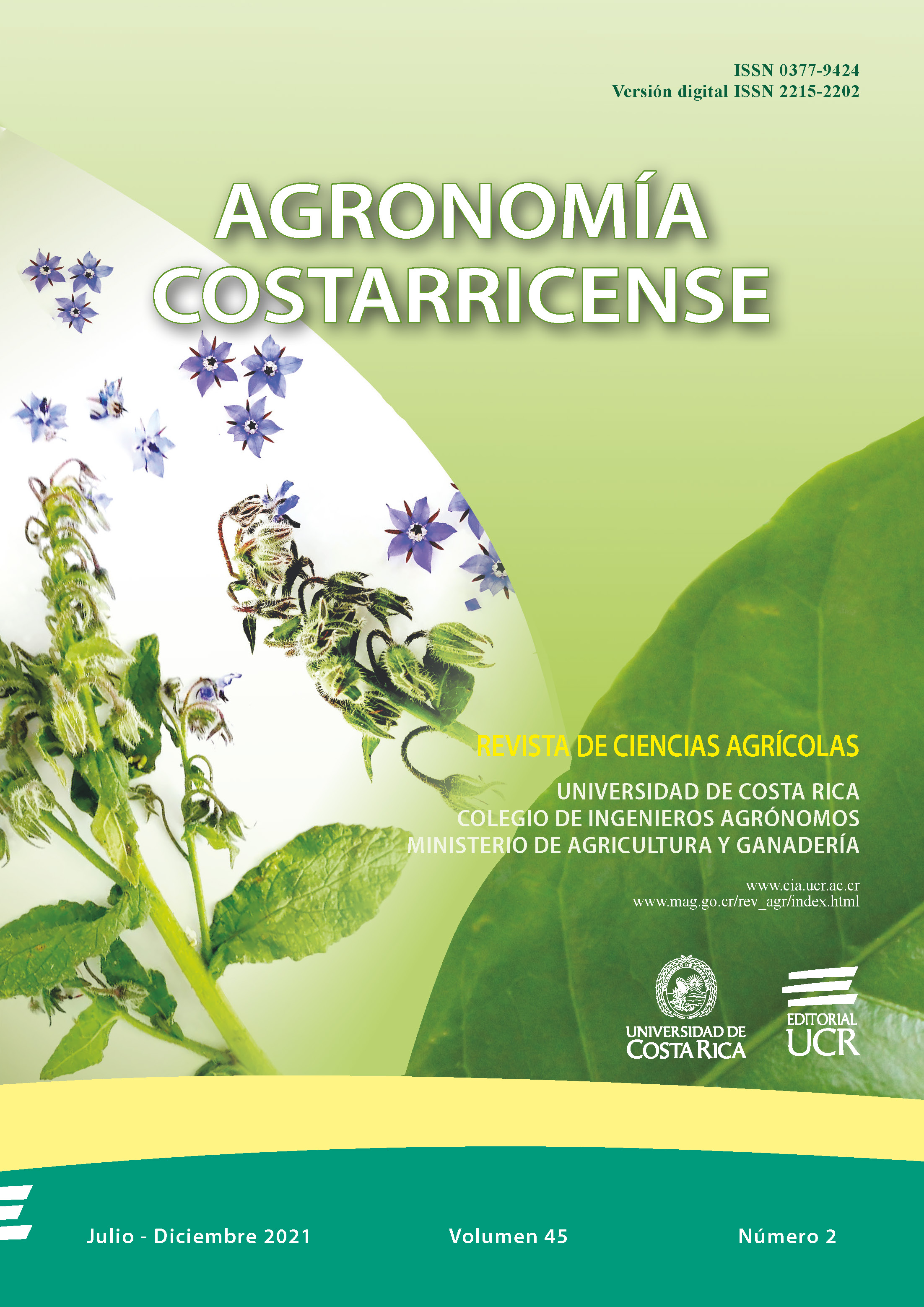Abstract
Introduction. Fusarium sp and Alternaria sp are phytopathogenic fungi that cause serious problems in crops and in the agricultural sector, situation that generates significant economic losses. In addition, due to the production of mycotoxins, they pose a threat to the health of consumers and plants. Objective. To evaluate the antifungal activity of the ethanolic extract of borraja leaves (Borago officinalis) on Fusarium sp and Alternaria sp. Materials and methods. Qualitative and quantitative identification of the secondary metabolites present in the ethanolic extract of B. officinalis was carried out, later, Fusarium sp and Alternaria sp were sequenced by molecular studies by amplifying the ITS (internal transcribable spacer) region of ribosomal DNA and finally, antifungal activity of the extract on previously recognized strains was evaluated by means of radial growth test using agar diffusion technique. Results. Ethanolic extract of B. officinalis leaves contains alkaloids, flavonoids, phenols, polyphenols and saponins, of which polyphenols and flavonoids have a concentration of 19.08±0.01 milligrams equivalent of gallic acid (EAG) per gram of extract and 28.12±0.06 milligrams equivalent of catechin (Qe) per gram of extract, respectively. Molecular sequencing of the evaluated isolates showed a high similarity (> 98%) with several species of Fusarium sp and Alternaria sp, while antifungal activity tests of the extract showed fungistatic activity by B. officinalis, with 16 mg.l-1 being the most effective treatment for both isolates evaluated with an inhibition percentage of 90.3±0.9% for Alternaria sp and 86.6±2.2% for Fusarium sp, where Alternaria sp presented greater susceptibility to the extract of B. officinalis leaves. Conclusion. The results of this investigation provide one of the first reports of the antifungal activity of Borago officinalis on Fusarium sp and Alternaria sp.

